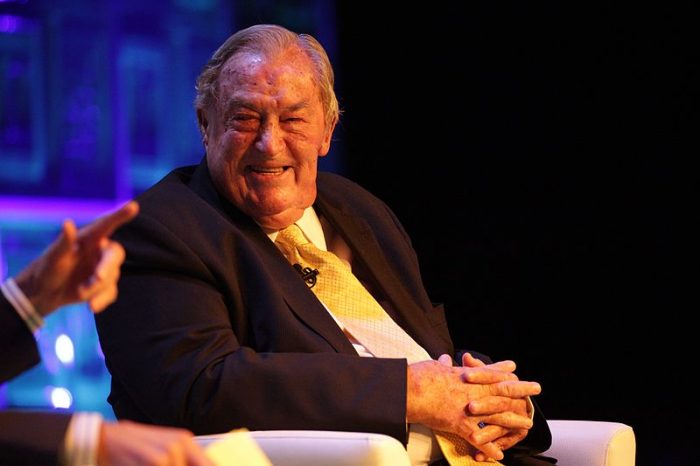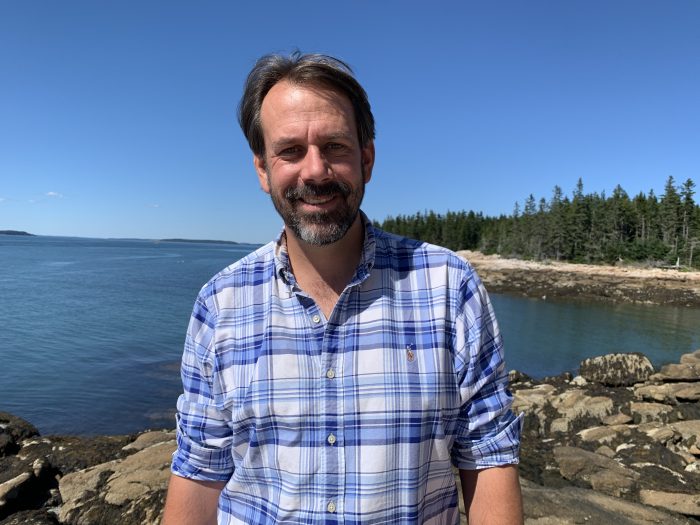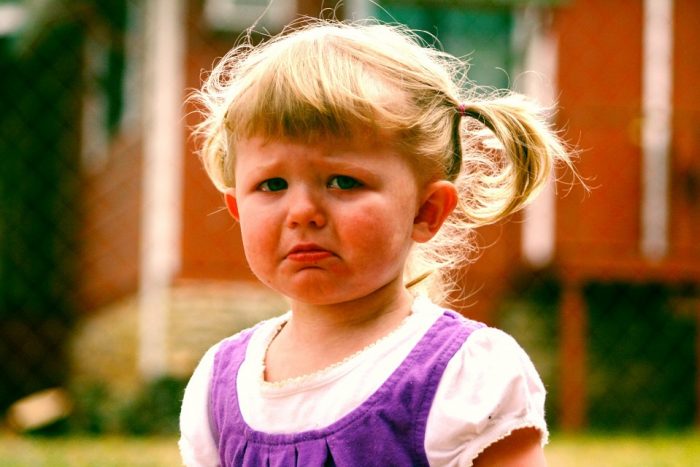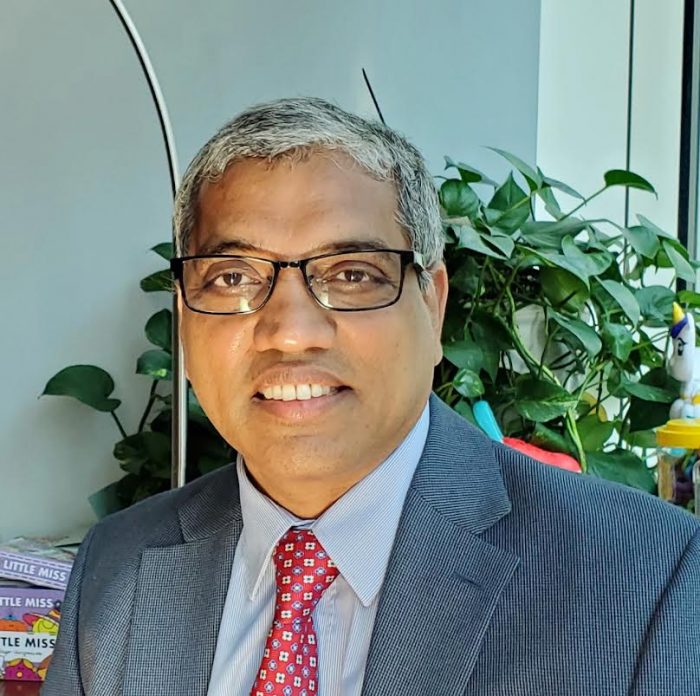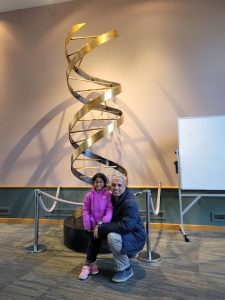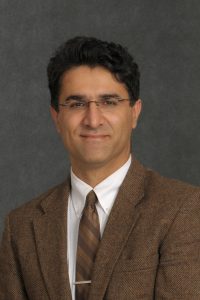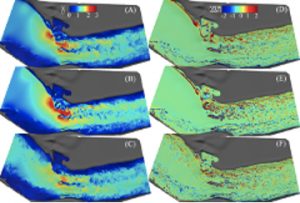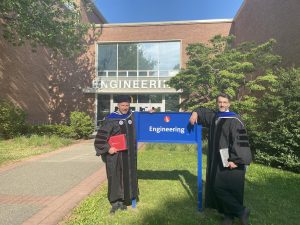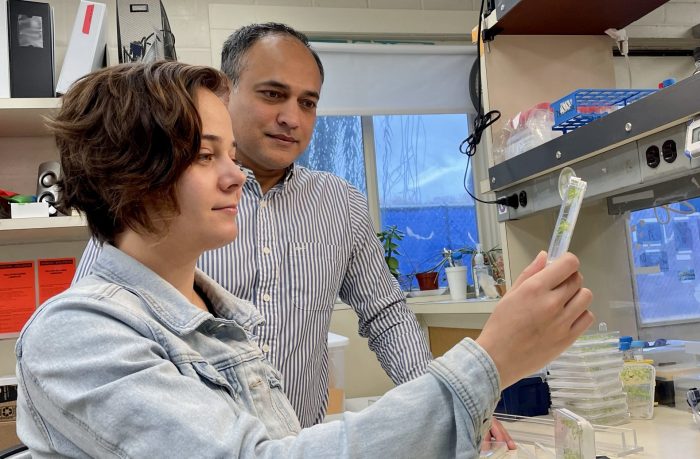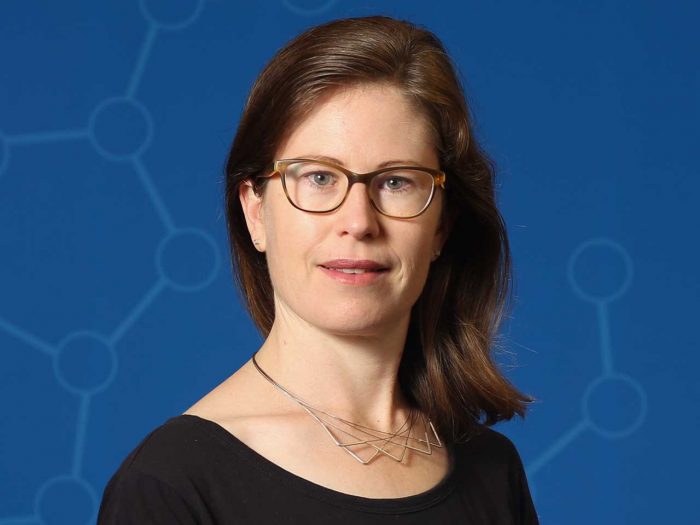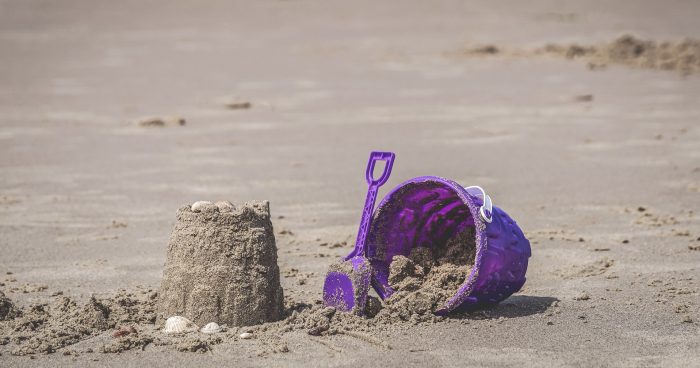By Daniel Dunaief

Isaiah Nengo recalled a day years ago when he was working in a field station in Kenya, searching for fossils.
A man who had a tremendous influence on his life was on the way to alter his horizons yet again, although this time the visit would have nothing to do with science.
Richard Leakey, the late founder of the Turkana Basin Institute (TBI) and a famed paleoanthropologist and conservationist, was bringing food from his home on the coast of Kenya in Lamu to the field station.
Leakey “prepared this lobster meal,” said Nengo, who is native of Nairobi, Kenya, and is currently associate director of TBI. “It was my first seafood meal. It was fantastic. I was like, ‘I’m sitting almost 600 miles from the ocean, it’s hot as hell and I’m eating lobster.’ That always stuck in my mind.”
Leakey, who died on Jan. 2 (see a tribute to the Stony Brook legend in this week’s Arts & Lifestyles page B12), left behind a lasting scientific legacy that filled science textbooks of people around the world, while he left an enduring food legacy that filled the stomachs of family, friends, coworkers and colleagues.
People fortunate enough to dine with him shared tales of Leakey’s culinary prowess and refined tastes.
Sonia Harmand, associate professor in the Anthropology Department at Stony Brook, took a long flight with Leakey to Kenya. Leakey had a salmon meal on the plane that didn’t meet his standards.
“He called the staff, and even the pilot came by to say hi because everybody knows about him,” Harmand said. Amid the introductions, he expressed his displeasure with the salmon.
When he returned to Kenya, he wrote to the airline and complained about the food.
As a host, Leakey went out of his way to make sure all of his guests enjoyed the food he purchased, prepared and served.
Harmand said her daughter Scarlett, who will turn nine in February, enjoyed eating at Leakey’s house because he prepared mussels and oysters he knew appealed to her.
“Every time you had a meal with him, he kept on asking if you liked it,” Harmand said.
Harmand also appreciated the unexpected gifts of incongruous foods at TBI. One day, Leakey arrived with ice cream and fresh strawberries.
“We had to eat it quickly,” she recalled with a laugh.
Another long time friend and colleague, Lawrence Martin, the director of TBI, said Leakey had a fondness for some Long Island foods. He particularly enjoyed ducks, as well as oysters and mussels from Long Island’s waterways.
“He said mussels were never as good in the warm water as they were in Stony Brook,” Martin said.
When he first got to know Leakey, Martin said Leakey cooked all the meals they shared, whether they were in Stony Brook or Kenya.
Martin called Leakey a “great chef” and said his late colleague “loved good food and loved going food shopping.”
While Leakey shared important information with former Stony Brook President Shirley Kenny, he also dined on memorable meals.
When they were on their own on Long Island without their spouses, Kenny invited Leakey over to her home for a meal.
After the dinner, he thanked her and promised he would return, providing she allowed him to do the cooking.
Sharing food with Leakey often meant benefiting from his storytelling prowess and his sense of humor.
Kenny and her family went on a safari with Jim and Marilyn Simons, co-founders of the Simons Foundation and supporters of science throughout Long Island.
“At the end of the day, we would sit in a circle and have drinks and [Leakey] would regale us with stories that were absolutely wonderful,” Kenny said. “You can’t even imagine how they made these [incredible] meals when there’s nothing out there to do it with.”
With hyenas howling at night and hot showers created with water heated by the sun during the day, the entire experience was “so exotic and so elegant at the same time,” Kenny added.
Harmand said Leakey didn’t cook with the goal of winning over people, but, rather, to share a connection.
“I don’t think he needed to impress anyone,” Harmand said. “He wanted to please you through food.”

